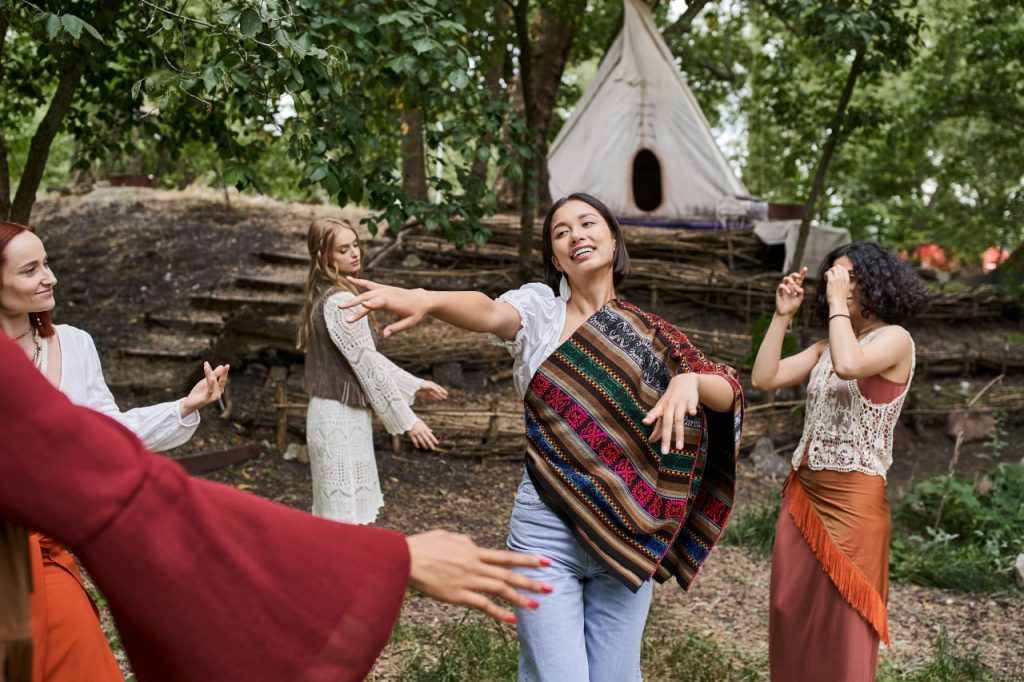In a time where global influences shape nearly every aspect of our lives, questions of cultural identity become more relevant than ever. How do we stay connected to our roots while embracing the modern world? One of the most powerful answers lies in the rhythms of traditional dance.
A Connection to Heritage
For many, learning a traditional dance is like opening a door to their ancestry. It’s not just about mastering steps — it’s about rediscovering the stories of your grandparents, the landscapes of your origin, the rituals that once defined entire communities.
Whether it’s an Irish céilí, an Indian Bharatanatyam, or a Polynesian hula, these dances hold within them generations of lived experience. Movements carry meanings. Postures echo values. And learning them becomes an act of cultural remembrance.
A Modern Revival
Surprisingly, traditional dance is not fading into history. On the contrary — in urban centers around the world, there’s a renewed interest in cultural practices, especially among younger generations. Festivals, community centers, and even TikTok videos are now filled with reimagined or proudly preserved traditional dances.
This revival isn’t about nostalgia. It’s about grounding. In a world of fast change, traditional dance offers a sense of identity and stability. It’s a way for individuals to say: This is where I come from. This is a part of me.
From Resistance to Pride
In many cultures, traditional dance was once suppressed — by colonial powers, religious authorities, or political regimes. Reclaiming these dances today is an act of empowerment. It sends a message: We remember. We celebrate.
For example, the resurgence of indigenous dance in North America or the revival of suppressed African diasporic dances in South America speaks to a deeper movement of cultural pride and healing. Dance becomes a statement of resilience and a celebration of survival.
Dance as a Global Language
Interestingly, people don’t need to “belong” to a culture to appreciate or respectfully participate in its dances. At Cultural Dance Academy, we welcome students from all backgrounds — and we teach not just technique, but also context, etiquette, and meaning. This fosters cross-cultural respect and curiosity.
As students learn a new dance form, they often develop a personal connection to a culture different from their own — one built on appreciation, not appropriation. It’s in these moments that we see dance as a tool for global understanding.
Conclusion
In the ever-evolving mosaic of global identity, traditional dance serves as both anchor and bridge. It keeps us rooted in our histories and open to others. At Cultural Dance Academy, we celebrate this dual power — offering a space where tradition meets transformation, and identity finds joyful expression through movement.

